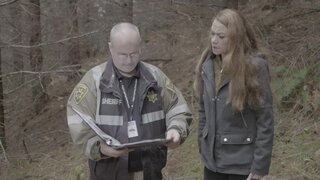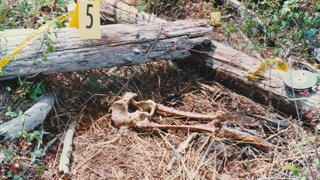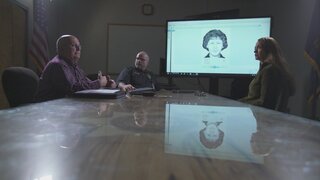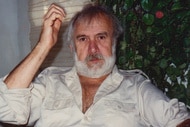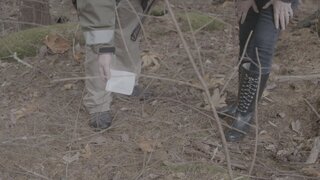Create a free profile to get unlimited access to exclusive videos, breaking news, sweepstakes, and more!
'I Want To Give Her Name Back’: Who Is The Body In ‘The Jane Doe Murders’?
For 23 years, this Jane Doe has gone unidentified. “The Jane Doe Murders” aims to find out who she is — and how she ended up dead.
Every person has a name. But for thousands and thousands across the country, death robbed them of their identity and cursed them to anonymity.
A “Jane Doe” or a “John Doe” is the term used in the United States for remains that have yet to be identified. These unidentified bodies are left to languish nameless, and without knowing who they were, it is incredibly difficult to determine what exactly happened to them if there are signs of foul play. In Oxygen’s upcoming special “The Jane Doe Murders,” which you can stream on Oxygen.com, retired crime scene investigator Yolanda McClary attempts to give an identity back to a Jane Doe — and solve her murder in the process.
With all the advancements in technology that have been made, it’s hard to believe it’s still an issue to identify a body, but there are actually 40,000 murder victims still unidentified in the United States, according to the special. The Jane Doe McClary and her team have decided to focus on was found in Polk County, Oregon in September 1996. So what do we know about her?
Jane Doe’s bones were found by a father-son pair of hunters. They were located near the Mill Creek Area, off a trail in the woods wrapped up in a tarp— making it obvious there was foul play in her death, as she couldn’t have possibly wrapped herself up and disposed of her body in the middle of nowhere.
Her remains were almost entirely intact, so detectives could determine quite a bit about her. They knew she was a female from her wide pelvis. They also determined she would have been about 45 years or older, stood at about five feet five inches tall, and had a slight build, The Associated Press reported in 2004. There were signs she had nasal surgery — which may have left a visible scar on her face. It looked as though she had worn some false teeth and she was likely developing arthritis due to the curvature of her spine, according to the outlet.
Police could see no signs of trauma to the body like gunshot wounds, leaving them with little insight into how she died. They were, however, able to determine she had been in the woods for only a few months based on the difference in grass growth where her body was found.
But without anyone coming forward to claim the body and no missing person matches, police were stumped. The case went cold.
Previous attempts have been made to identify Jane Doe, though. Bernie Krauger, the original detective on the case, went to a homicide conference at some point and got the idea to try forensic reconstruction, a new concept at the time. In 2004, he had Sandra Mays, a former deputy director in the criminal investigations section of the Wyoming attorney general's office, create a clay sculpture recreation of what Jane Doe may have looked like, according to the Associated Press. Mays was able to recreate Jane Doe’s possible face through her jawbone, skull, and a general description. The clay sculpture face was then released to the public.
"I got her picture in my office because I don't want to forget her," Krauger told the outlet at the time, signifying his determination to identify Jane Doe.
But still, no one came forward with any information.
Eighteen years later, in 2014, authorities made another attempt to identify their Jane Doe. That year, the case was handed over to Polk County Sheriff's Office cold case team. They created three updated sketches of what Jane Doe may have looked like based off her skull contours, with the help of the Oregon Health and Science University and the Oregon State Medical Examiner's office, CBS News reported at the time.
“Anyone with information is asked to call the Polk County Sheriff's Office tipline at 503-623-1878, or contact Det. Sgt. Mark Garton or Det. John Williams at 503-623-9251,” CBS News stated.
Still, the case remained cold. No credible tips emerged from the newly-released sketches. Jane Doe’s body remained in the state lab where it had resided unnamed for years.
Now, 23 years after her body was found, McClary is determined to find out who Jane Doe is and what happened to her, and believes the advancements that have been made in genealogy and DNA testing can lead her to an answer.
“I want to give her name back. I want to target her killer,” McClary says in the upcoming special.
To learn more about Jane Does and see what McClary’s investigation turns up, watch Oxygen’s “The Jane Doe Murders."

